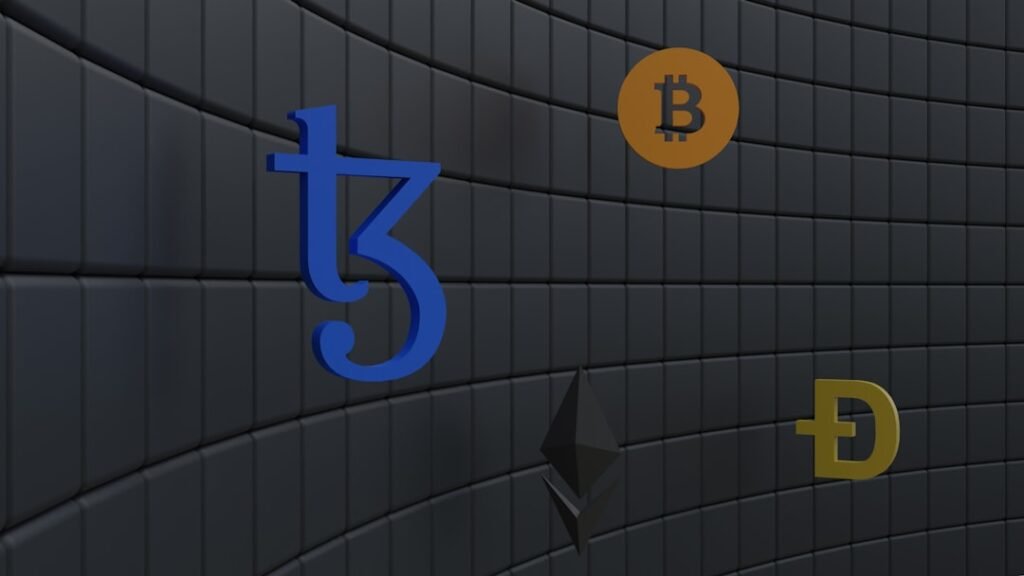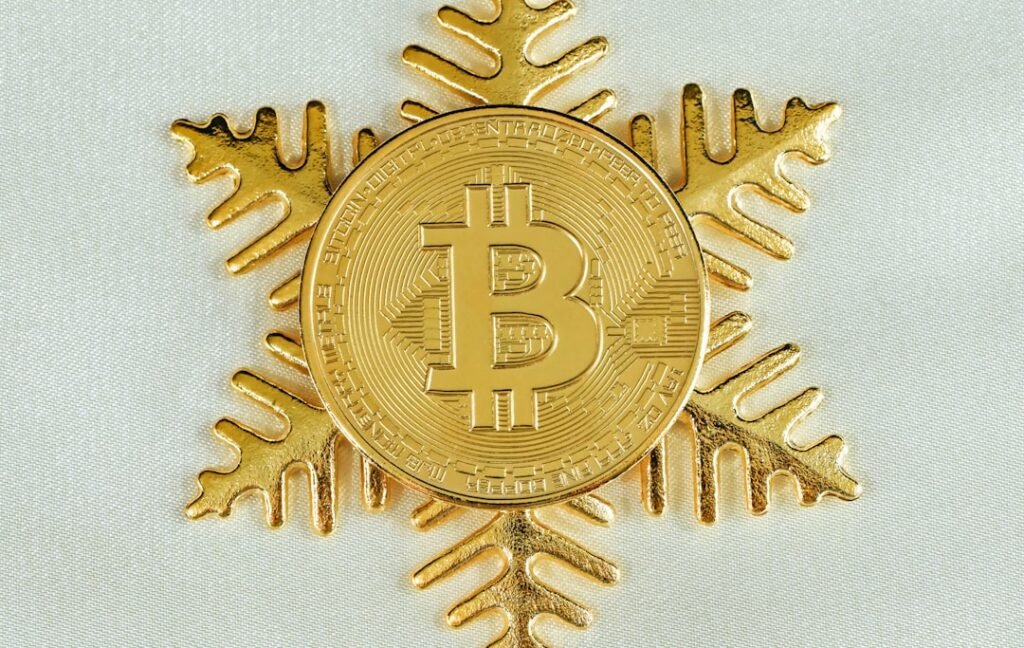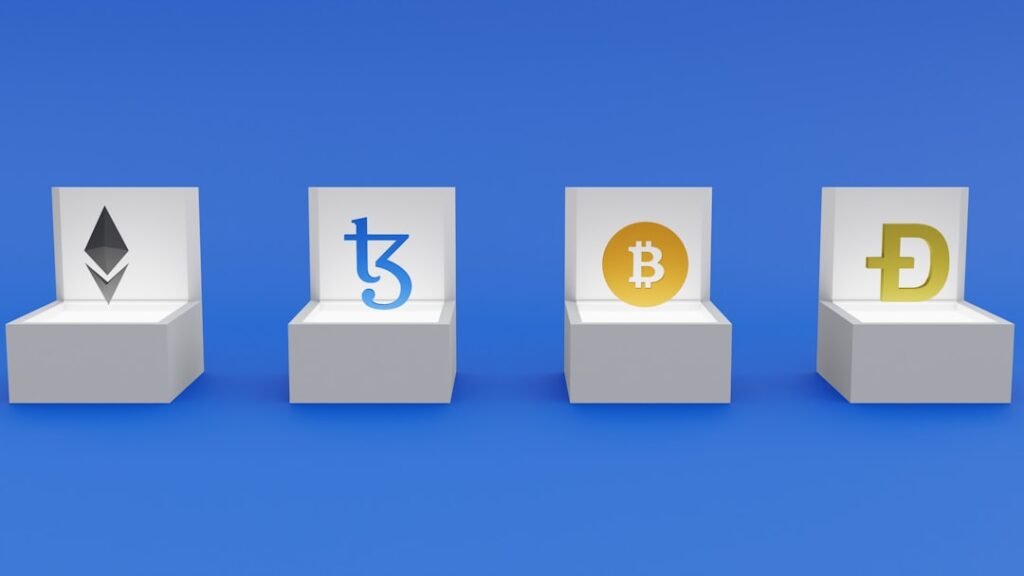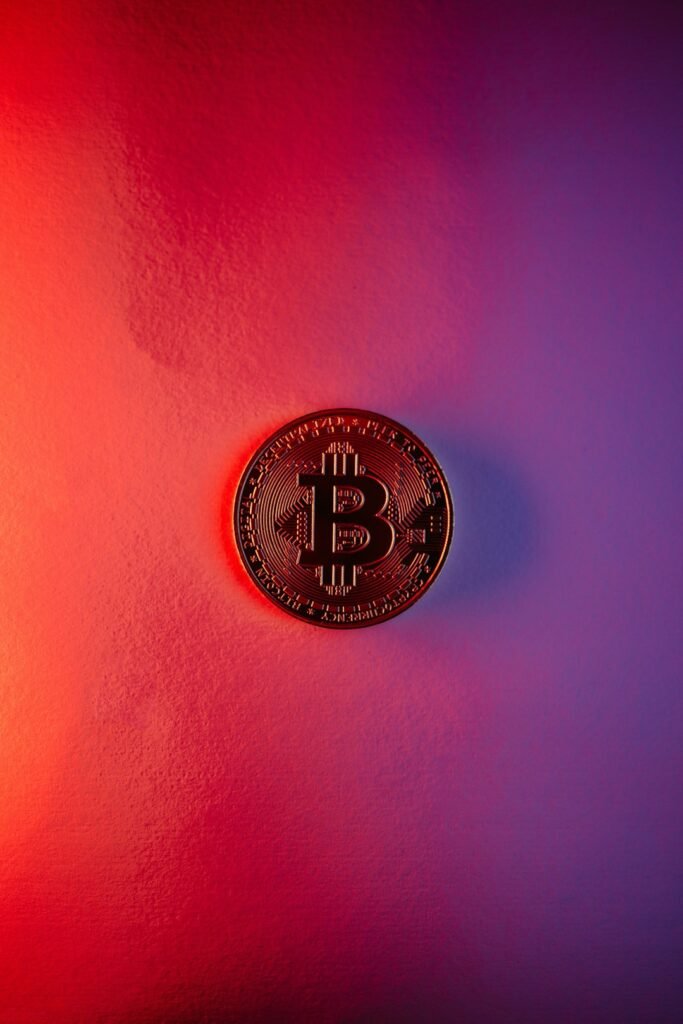Stablecoin Showdown: USDT vs. USDC vs. BUSD – Which Reigns Supreme for Your Crypto Needs?
The cryptocurrency market's notorious volatility makes stablecoins essential tools. Pegged 1:1 to fiat currencies like the US dollar, they offer stability for trading, transactions, and preserving value. Among hundreds of options, Tether (USDT), USD Coin (USDC), and Binance USD (BUSD) dominate as the "big three" by market capitalization. But beneath their shared dollar peg lie crucial differences in transparency, trust, and utility. Choosing the right one demands a closer look.
Why Stablecoins Matter
- Stability in Chaos: They minimize the wild price swings of Bitcoin or Ethereum, acting as a safe harbour during market turbulence.
- Trading Pair Backbone: Major exchanges use them (especially USDT) as the primary trading pair against volatile cryptocurrencies.
- Fiat On/Off Ramp: They bridge traditional finance (TradFi) and decentralized finance (DeFi), allowing easier entry and exit from crypto.
- Efficient Transactions: Enable faster, cheaper cross-border payments and remittances compared to traditional systems.
- DeFi Fuel: Power lending, borrowing, yield farming, and liquidity pools within decentralized applications.
Deep Dive: The Contenders
1. Tether (USDT)
- The Pioneer: Launched in 2014, USDT is the oldest and most widely adopted stablecoin.
- Liquidity King: Boasts the highest market cap and trading volume, making it readily available on virtually every exchange.
- Transparency Concerns: Historically faced significant scrutiny regarding the adequacy and composition of its dollar reserves. While claiming full 1:1 backing, past controversies have dented trust for some users. Regular attestations (not full audits) are now provided.
- Blockchain Agnostic: Operates across numerous blockchains (Algorand, Avalanche, Ethereum, Polygon, Solana, Tezos, Tron) offering flexibility.
- Use Case: Primarily dominant in trading due to its unparalleled liquidity and exchange support.
2. USD Coin (USDC)
- The Transparent Challenger: Launched in 2018 by Circle (a financial technology company) and Coinbase (a major exchange), positioning itself as a more trustworthy alternative.
- Regulation & Audits Focus: Emphasizes regulatory compliance and full transparency. Reserves (cash and short-term US Treasuries) undergo monthly attestations by independent accounting firms and have also undergone full audits.
- DeFi Darling: Widely integrated into decentralized finance (DeFi) protocols due to its trusted backing and regulatory stance.
- Redemption Confidence: Can be reliably redeemed 1:1 for USD through Circle's partnered financial institutions.
- Broad Blockchain Support: Available on major networks (Algorand, Avalanche, Ethereum, Hedera, Polygon, Solana, Stellar, Tron).
- Use Case: Favoured by users prioritizing transparency, regulatory compliance, and deep integration within the DeFi ecosystem.
3. Binance USD (BUSD)
- The Exchange Powerhouse: Launched in 2019 by Binance (the world's largest crypto exchange) in partnership with Paxos (a regulated blockchain infrastructure platform).
- Regulated Backing: Approved and regulated by the New York State Department of Financial Services (NYDFS). Paxos, as the issuer, holds the reserves and provides monthly attestations.
- Binance Ecosystem Core: Deeply integrated within the Binance exchange for trading pairs, fees, and services. Offers advantages for active Binance users.
- Growing Reach: While strongest on Binance, adoption is expanding to other platforms and use cases.
- Blockchain Scope: Primarily operates on BNB Chain and Ethereum.
- Use Case: Ideal for users heavily invested in the Binance ecosystem seeking a regulated, exchange-native stablecoin. Offers seamless utility within Binance.
Head-to-Head: Key Differences
| 特點 | USDT (Tether) | USDC (Circle/Coinbase) | BUSD (Binance/Paxos) |
|---|---|---|---|
| Launch Year | 2014 (Oldest) | 2018 | 2019 |
| Primary Issuer | Tether Ltd. | Centre Consortium (Circle/Coinbase) | Paxos (Issuer), Binance (Brand) |
| 透明度 | Regular Attestations (History of Scrutiny) | Monthly Attestations + Audits | Monthly Attestations (Regulated) |
| Regulatory | Less Clear Regulatory Stance | Strong Focus on Compliance | NYDFS Approved & Regulated |
| Reserve Backing | Claims 1:1 USD + Equivalents | 1:1 Cash + Short-term US Treasuries | 1:1 USD Reserves (Paxos Held) |
| Market Dominance | Highest Volume & Liquidity | Second Largest | Third Largest |
| DeFi 整合 | Widely Supported | Extremely Popular (Trust Factor) | Supported |
| Exchange Focus | Universal | Major Exchanges | Core to Binance Ecosystem |
| Key Strength | Unmatched Liquidity & Availability | Transparency & Trust | Regulation & Binance Integration |
| Key Weakness | Lingering Trust Issues | Slightly less liquidity than USDT | Less useful outside Binance |
Choosing Your Stablecoin: It Depends
There's no single "best" stablecoin. The optimal choice hinges on your priorities:
- Maximum Liquidity & Ubiquity (Trading Focus): Choose USDT. Its sheer volume makes it the easiest to buy/sell instantly with minimal slippage on almost any exchange. Essential for active traders.
- Trust, Transparency & DeFi (Security Focus): Choose USDC. Its rigorous audits, regulatory focus, and institutional backing offer the highest confidence level for holding value and participating in DeFi protocols. Ideal for cautious users and DeFi enthusiasts.
- Active Binance User (Ecosystem Focus): Choose BUSD. It offers seamless integration, potential fee advantages, and the assurance of NYDFS regulation within the Binance platform. The natural choice for dedicated Binance traders.
- Regulatory Compliance (Institutional Focus): Both USDC 和 BUSD stand out due to their clear regulatory frameworks and oversight (BUSD via NYDFS, USDC via its compliance focus and audits). USDT lags here.
- Redemption Certainty: USDC 和 BUSD generally offer more straightforward and trusted pathways for converting large amounts back to USD directly with the issuer/partners.
Beyond the Big Three: A Dynamic Landscape
While USDT, USDC, and BUSD dominate, the stablecoin space is evolving rapidly:
- Regulatory Scrutiny: Governments worldwide (EU with MiCA, US considering legislation, HK/Singapore frameworks) are developing rules, impacting issuers and potentially reshaping the market.
- New Entrants: PayPal (PYUSD) and traditional financial institutions are exploring stablecoins, bringing new competition and legitimacy.
- Yield-Bearing Stablecoins: Innovations like tokenized treasury-backed stablecoins (e.g., Ondo USDY) aim to offer yield directly to holders.
- Algorithmic Models (Proceed with Caution): Projects like Frax (FRAX) use partial algorithms/collateral mix, while others like Ethena USDe employ synthetic models with hedging. These offer decentralization benefits but carry higher complexity and risk, as demonstrated by the collapse of TerraUSD (UST).
Conclusion: Knowledge is Power in the Stablecoin Arena
USDT, USDC, and BUSD are foundational pillars of the modern crypto economy, each serving distinct needs. USDT delivers unmatched liquidity crucial for traders. USDC sets the standard for transparency and trust, appealing to security-conscious users and the DeFi world. BUSD provides a regulated, integrated solution for the vast Binance ecosystem.
Understanding their core differences – in transparency practices, regulatory standing, issuer backing, and primary use cases – is paramount. Before parking your funds or executing a trade, ask: Do I prioritize instant liquidity (USDT), ironclad trust (USDC), or seamless exchange utility (BUSD)? Consider the trade-offs between market dominance, transparency, and regulatory comfort.
The stablecoin landscape is far from static. Regulatory developments and technological innovations will continue to shape the options available. Staying informed isn't just prudent; it's essential for navigating the digital asset ecosystem safely and effectively. Choose wisely based on your specific requirements, and never underestimate the importance of understanding where your stable "dollar" truly comes from.











